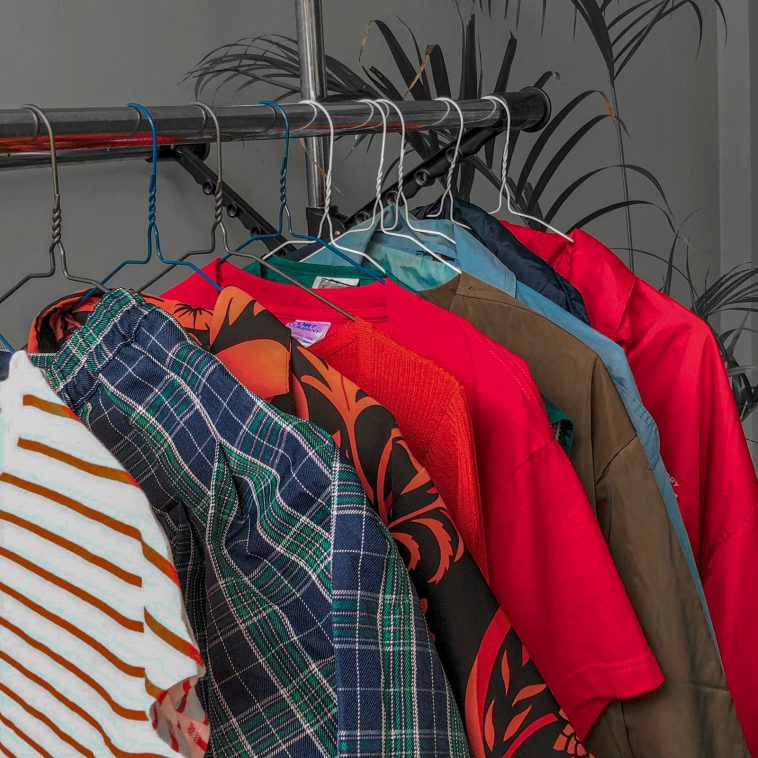If you’re an active Instagram user, you might have encountered virtual stores that sell thrift clothes that were handpicked and curated. The vintage feels that they put up for sale seem to take you back to a time you haven’t even lived in. While stores that promote fast fashion still dominate the market, this new trend puts in place the question of whether Filipino millennials, Gen-Zs, and other local shoppers are now trying to do away with fast fashion through thrifting.
What is fast fashion?
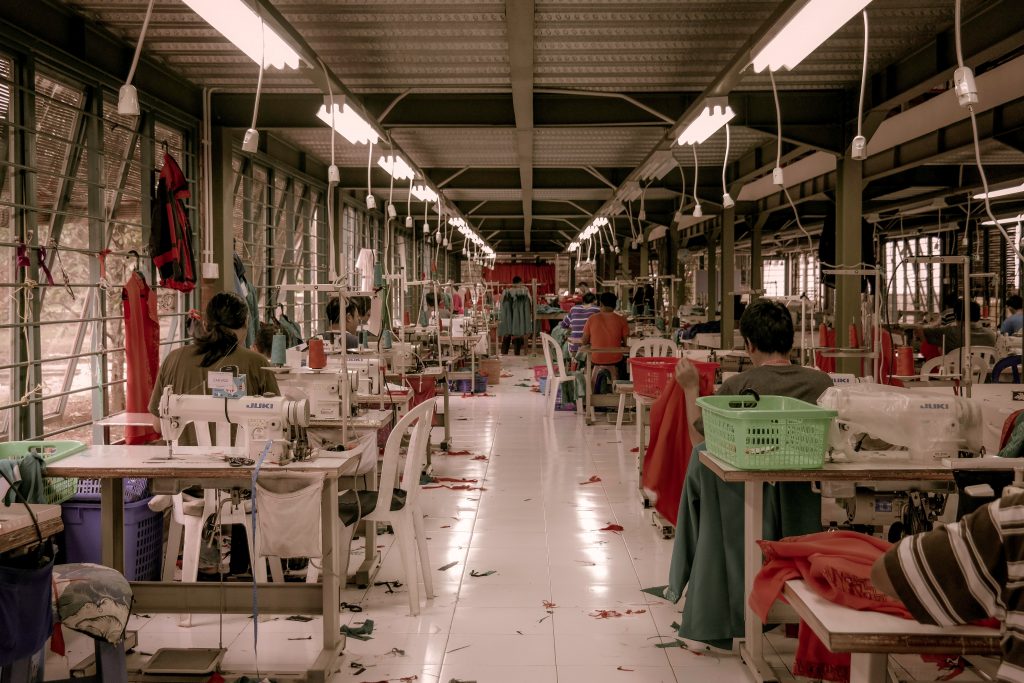
Kate Fletcher, a Research Professor, and a Design Activist, in her analysis, said that just like fast food, fast fashion is mass-produced and standardized. It is designed affordable and easy to reproduce. It also often relies on low-cost materials and cheap labor, so the products can be retailed and distributed in ever-increasing quantities and at lower prices. This is represented by the clothes you see in malls or your local boutiques.
Fast fashion is fueled by the goal of achieving continuous economic growth and this is accomplished through the implementation of specific business practices. However, the costs of fast fashion are felt mainly by the society at large, the workers, and the environment. Hence, there have been debates on whether the said economic growth is indeed a good thing or if it undermines social wealth and environmental quality, eventually making us poorer.
What is thrifting?
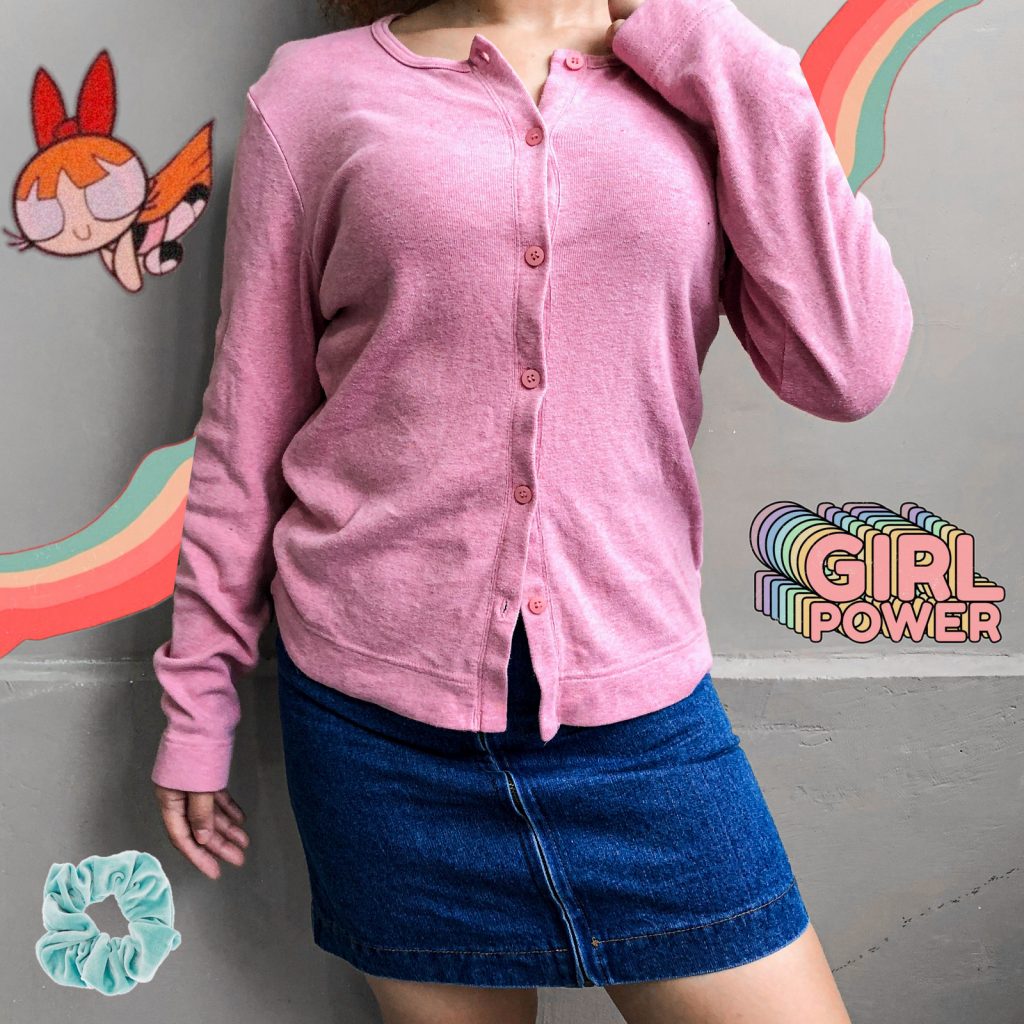
Thrifting serves as one of the alternatives to fast fashion. Environmentalists all over the world have been championing it as a style of living. There were a lot of supporting points that were written and published throughout the years, but here are some of the major reasons why you should thrift:
Thrifting is good for you and your family.
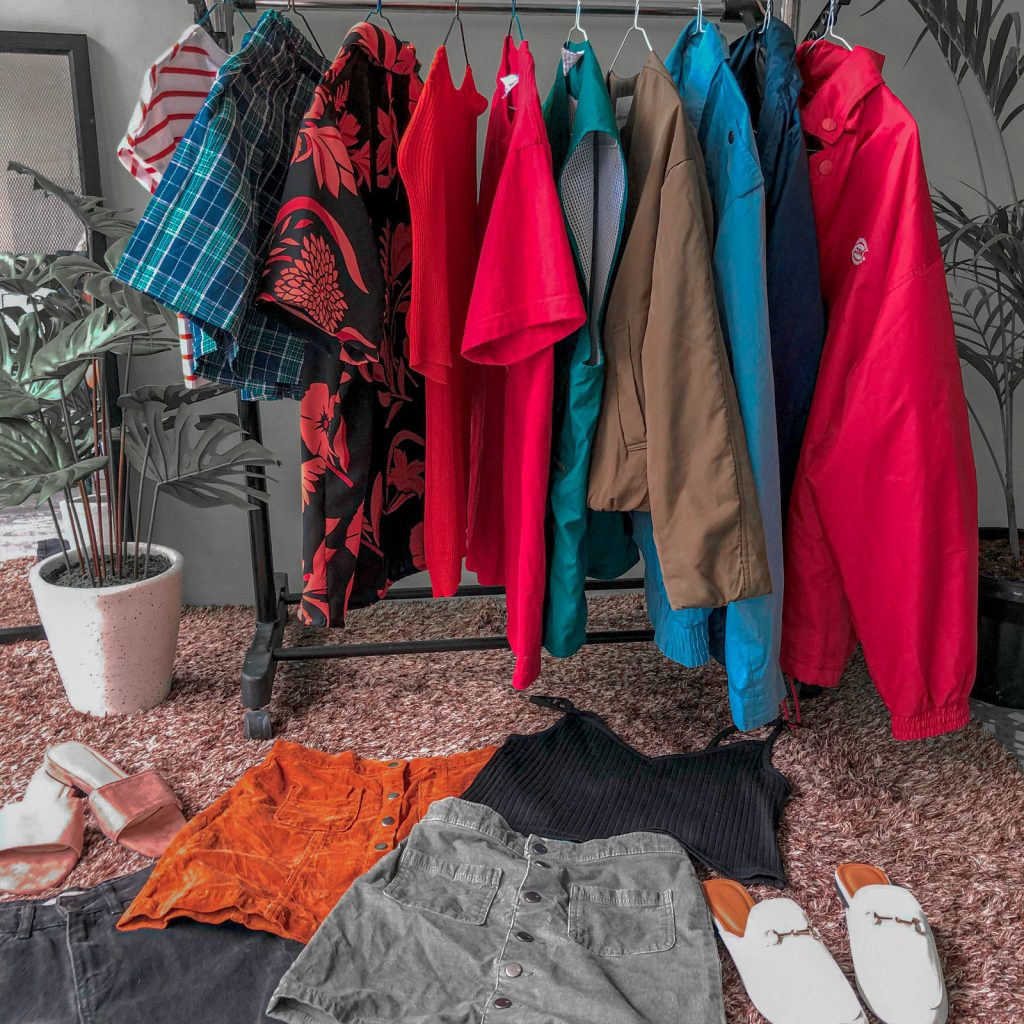
Let’s face it. Brand new clothes, especially those that carry imported tags are often sold at relatively higher prices. Through reuse, you can better plan for the future by saving at the moment.
It is good for the neighborhood.
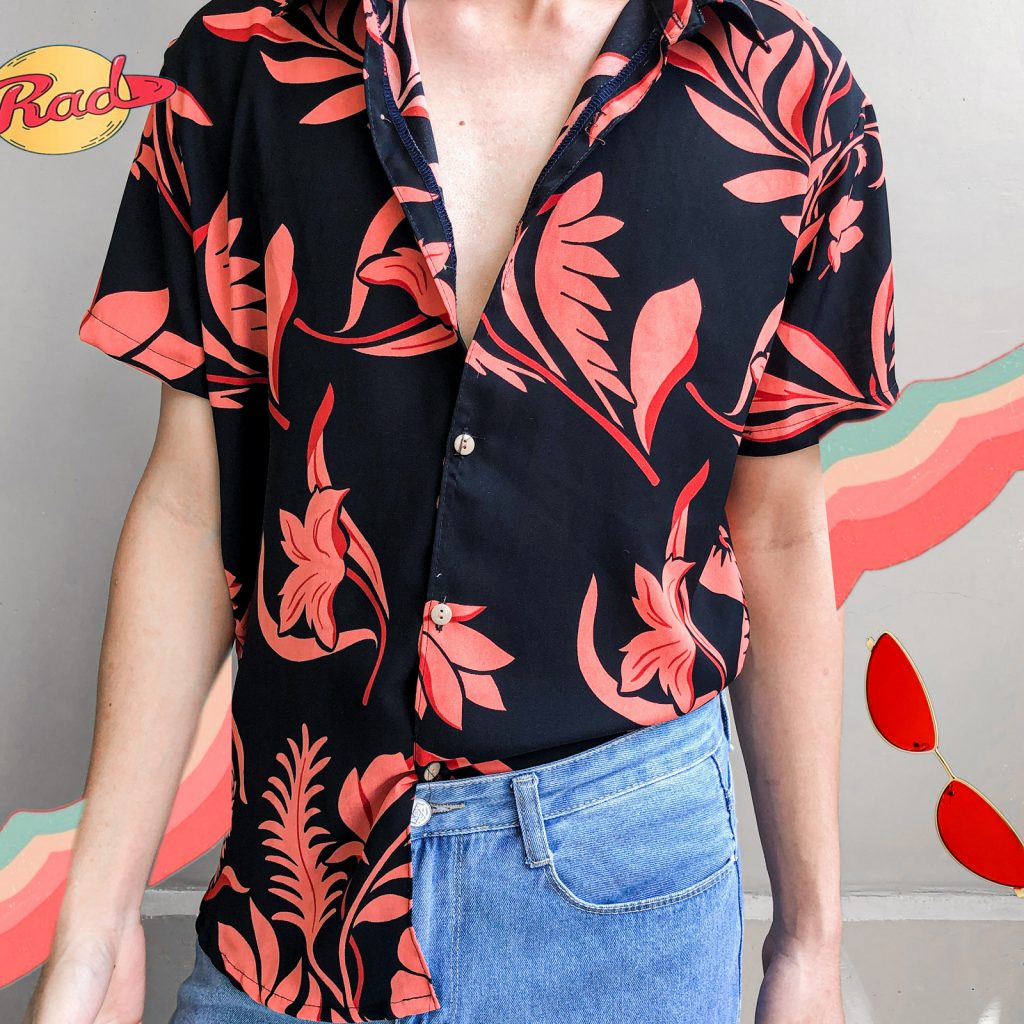
You can see people selling and buying pre-loved clothes on platforms like Facebook Marketplace or Instagram. You will be able to support local start-up businesses that sell thrift clothing or those that own ukay-ukay stores but were forced to adjust to the new normal by selling their products online.
Thrifting allows for healthy exchange of goods, thereby contributing to the empowerment of local communities and the promotion of social trust.
It also fosters a culture of generosity. The donation of goods that will be put on the market for thrifting encourages such value.
It is great for the economy.
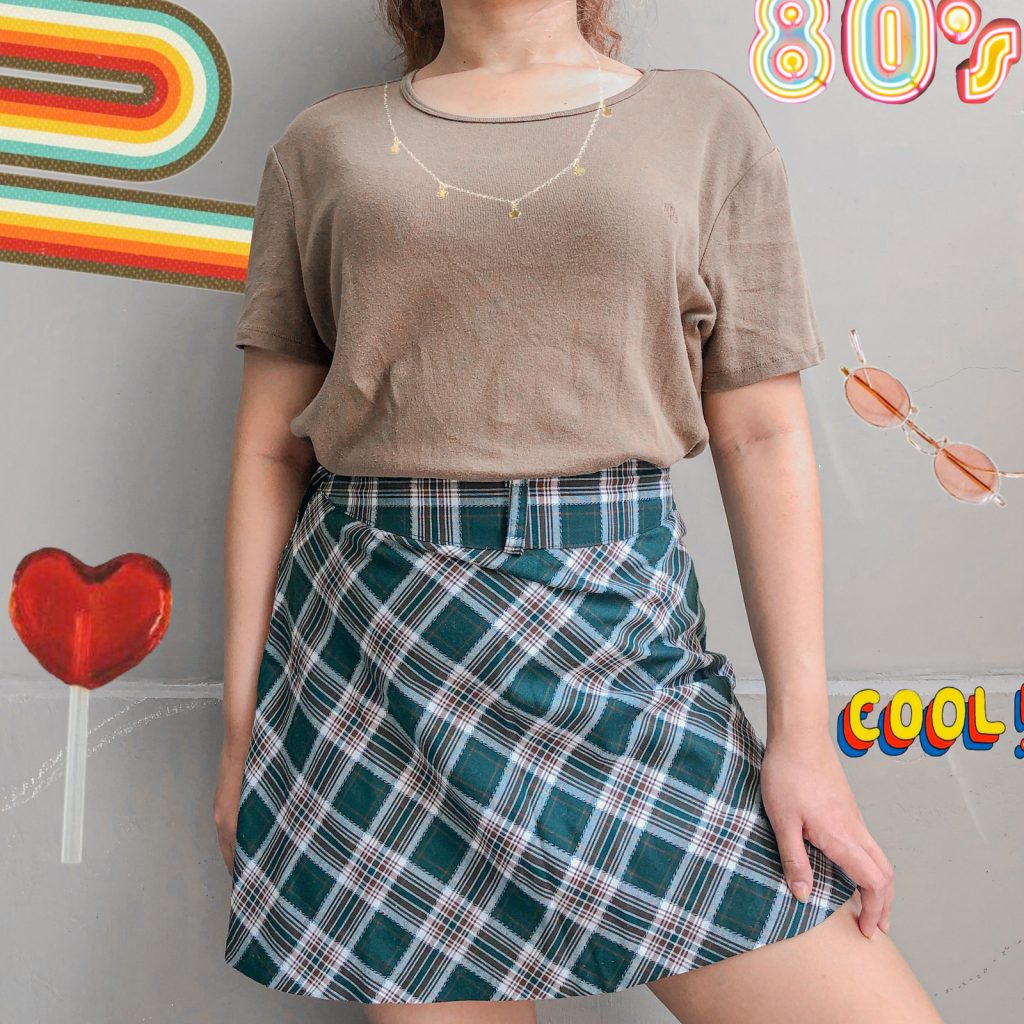
Saving money through thrifting yields long-term economic growth. Thrifting helps you build wealth by saving on a large scale.
You get stylish finds that you are not likely to see elsewhere.
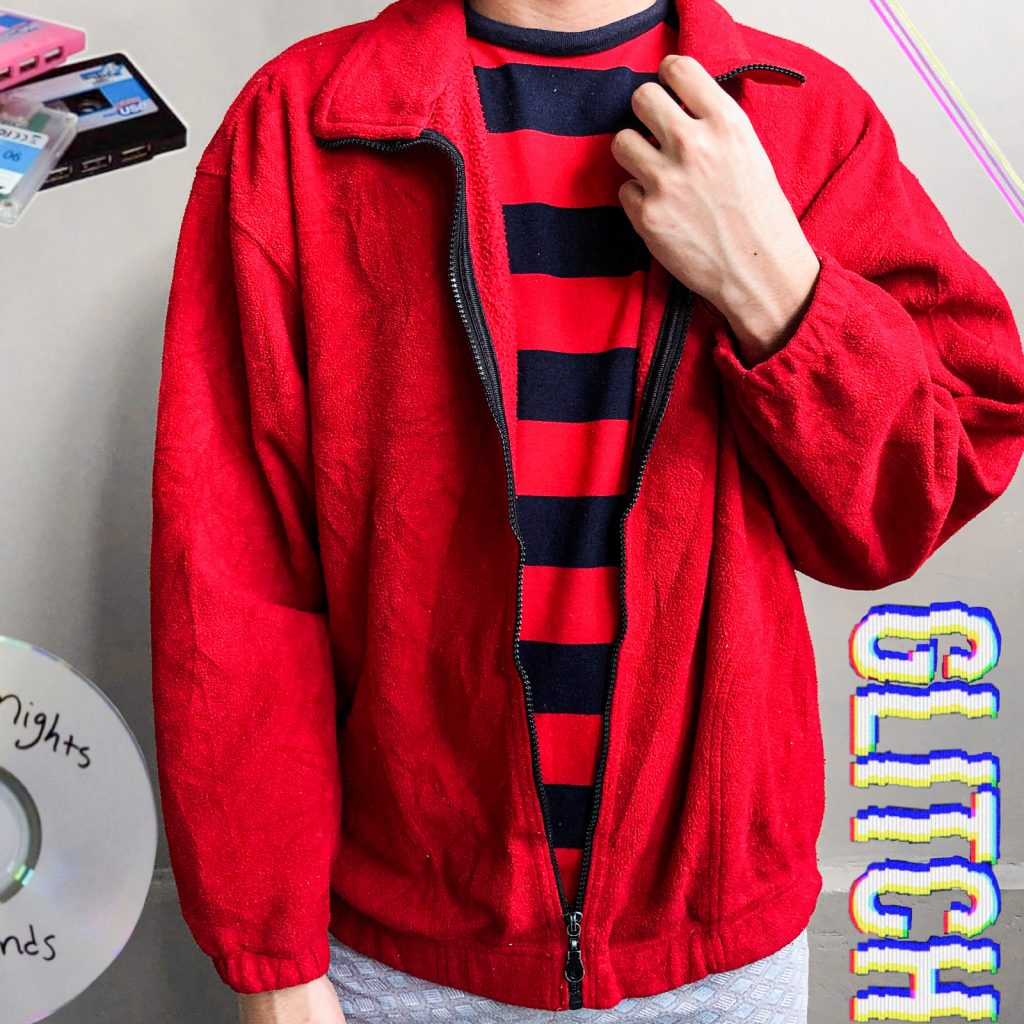
Clothes from thrift stores are also stylish! You have a lot of varieties to choose from. Anyone can rock their aesthetic preference while paying less.
Ultimately, thrifting is good for the planet.
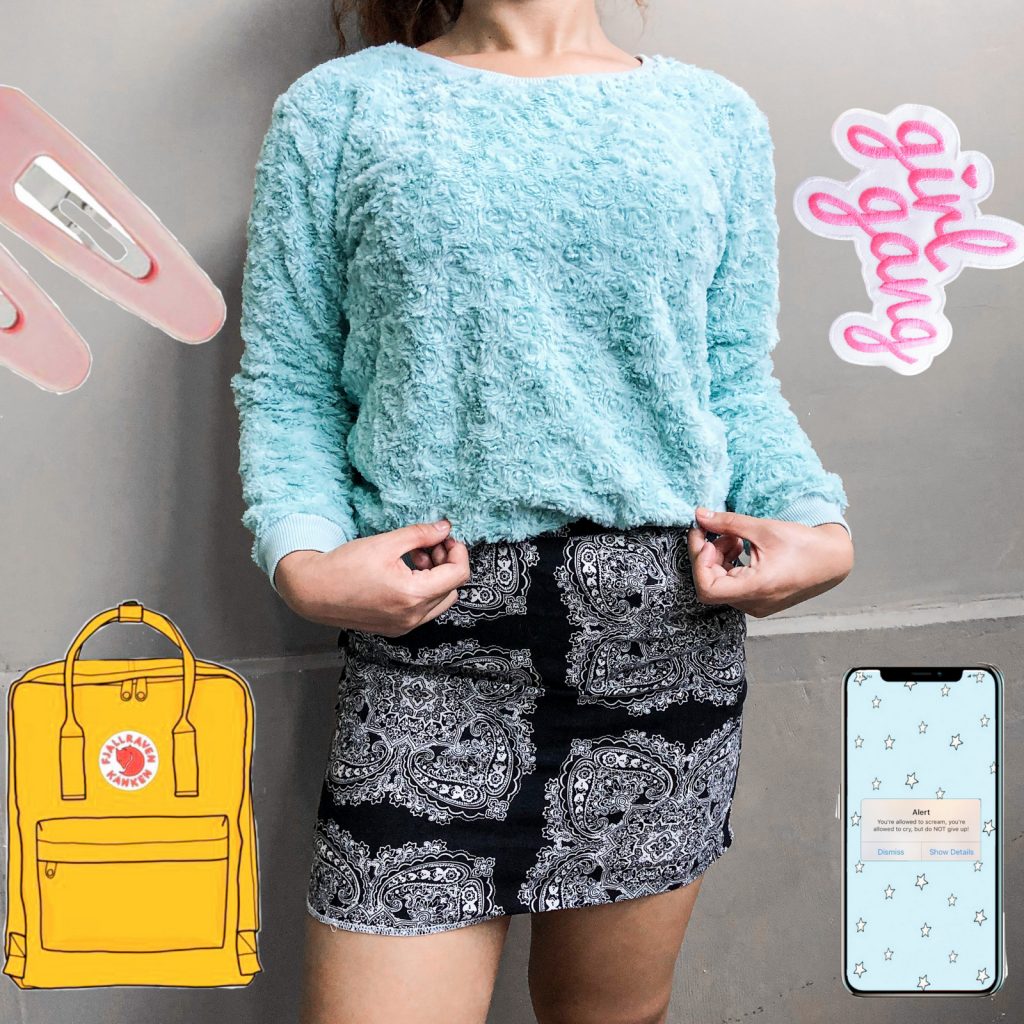
It reduces waste and encourages creative reuse and upcycling. It generates green growth and helps spare the planet of the dangerous production of artificial raw materials and wastes from newly manufactured clothes. Whether or not you consider yourself an environmentalist, it is fulfilling to know that you are making a positive impact on the environment by reducing the number of consumables easily thrown away.
Share this knowledge with your circle, with the hope that we can grow a community of shoppers that are not only environmentally aware but also work together in positive action.



